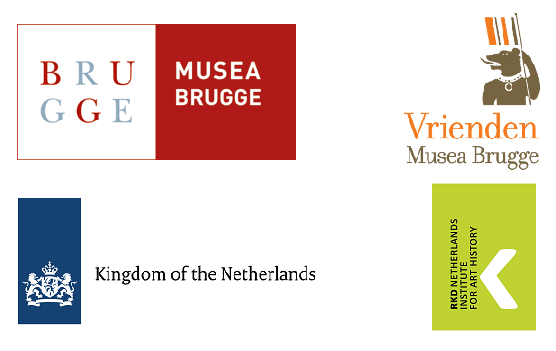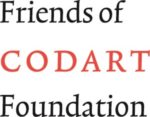Bruges, 11-13 March 2018
In the spring of 2018, CODART went to Bruges – the birthplace of the Flemish Primitives. This compact city with its rich atmosphere was the venue for the CODART 21 Congress with the theme Old Masters, Old-Fashioned? The numerous art treasures that are preserved there, not only in museums but also in churches, historic buildings, and archives, testify to the city’s multifaceted history. With thanks to the indispensable help of our host, the Musea Brugge, we were able to put together a wide-ranging program of excursions, enabling you to visit a large number of locations, often with a peek behind the scenes.
Congress theme: Old Masters, Old-Fashioned?
Much has changed in recent decades for museums that have Old Master collections, and the curator’s role is no exception. Some of these changes reflect internal developments within the museum sector while others have sprung from the ceaseless changes in the outside world. Every museum and each curator responds differently to these trends. While some curators bemoan the deep crisis that is afflicting the art world, we find others speaking enthusiastically of an unprecedented period of growth and opportunities.
Those who maintain that the Old Masters are seen today as either moribund or at the very least boring or corny will cite several pieces of evidence: the steady decline in the number of art history students who choose to major in pre-Modern art; the fact that media and policymakers follow modern and contemporary art and design with interest and largely ignore the Old Masters; the constant stream of record-breaking prices fetched by recent artworks at auctions, as opposed to the deep malaise afflicting trade in, say, seventeenth-century Dutch paintings; and the preference for big-name exhibitions – Bosch, Bruegel, Rembrandt, Vermeer, Van Dyck or Rubens – combined with a reluctance to exhibit less well-known artists. Then there is the overwhelming emphasis on visitor numbers, coupled with the (perceived) loss of the influential role that museums once played in public debates on culture.
Yet on the other side we find curators who emphasize the positive image of pre-Modern art. The major museums are attracting more visitors than ever before, and renovations and extensions are the order of the day. Bastions of pre-Modern art such as the Rijksmuseum, the Mauritshuis, the National Gallery, the Kunsthistorisches Museum, the Louvre, and the Prado express their interest in new artistic movements by mounting exhibitions of work by contemporary artists. And it is not only the major museums that are forging ahead: smaller museums too are putting on exhibitions and presentations of superb quality. Museum websites are among the most sophisticated sites on the web, and attract a public that is more numerous and more diverse than ever before. Research institutes, attached to museums or independent, such as the Netherlands Institute for Art History (RKD) and the Rubenianum have a pioneering role. What is more, they have the advantage of being able to share their information with the general public in an unmediated way.
How can these different approaches be explained? How should museums respond to the challenges they face? And what is the curator’s role in this regard? Museums have become more complex institutions, in which trading companies, marketing, education, conservation and collections management have acquired considerable influence. In many museums, the position of unquestioned authority that curators once enjoyed is a thing of the past. How should we respond to the fundamental innovations that have transformed so many museums? What do we do to keep the art of the Old Masters alive and relevant?


